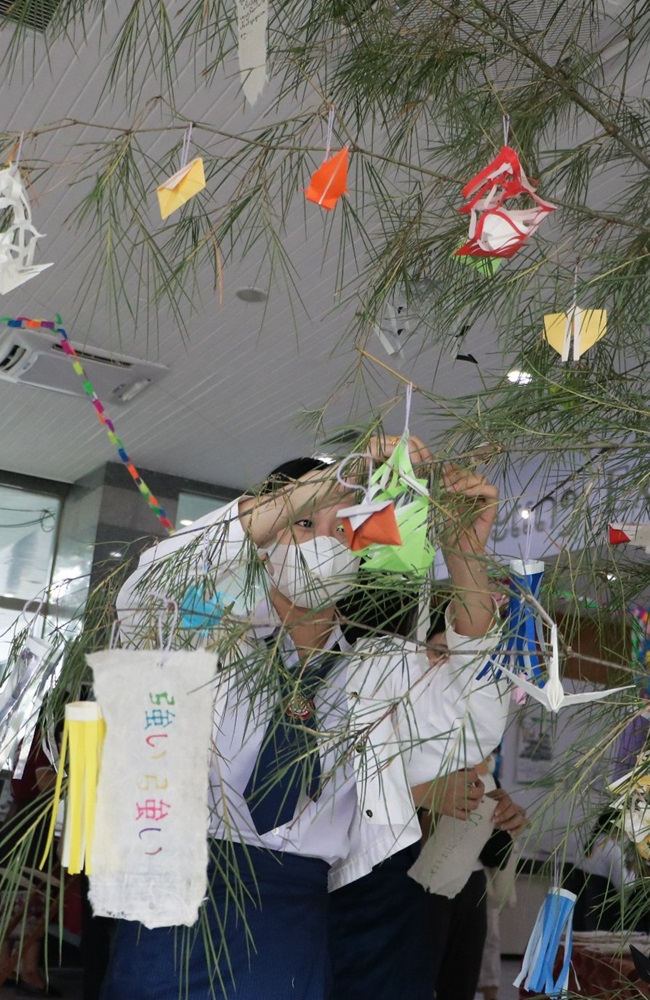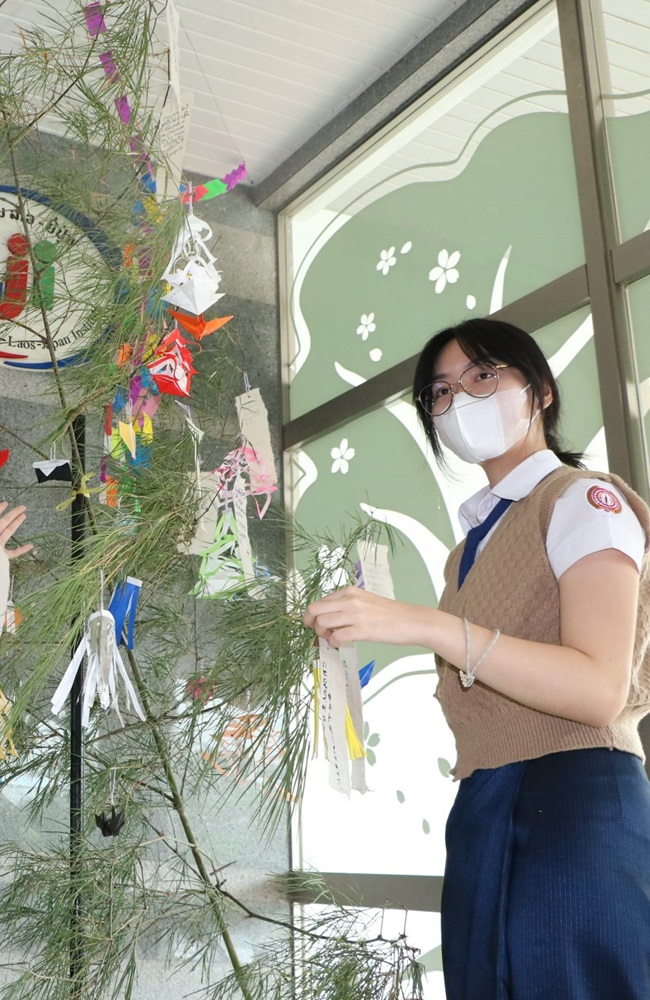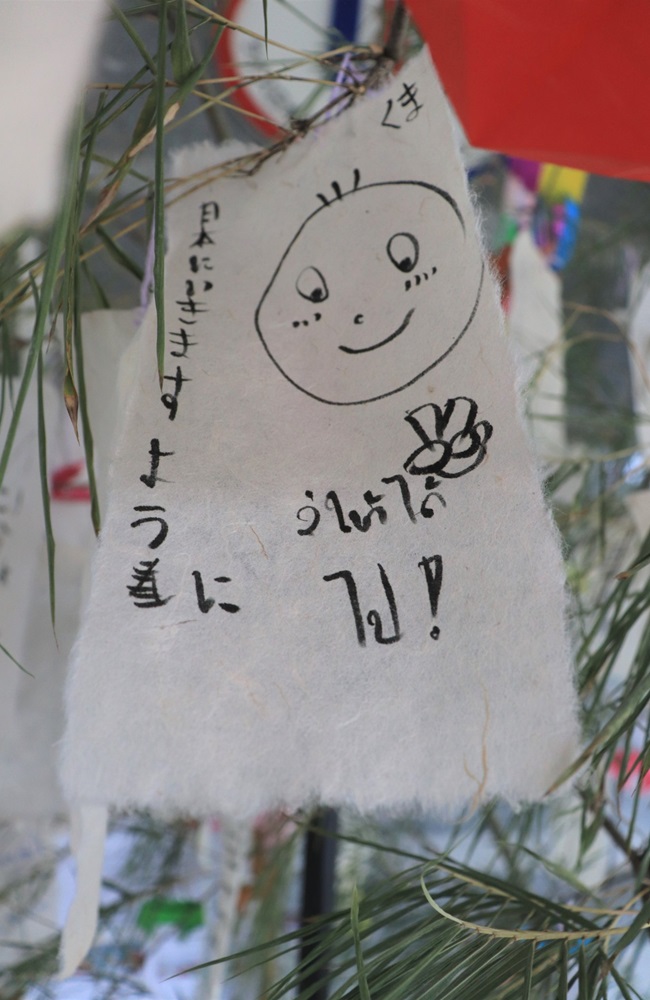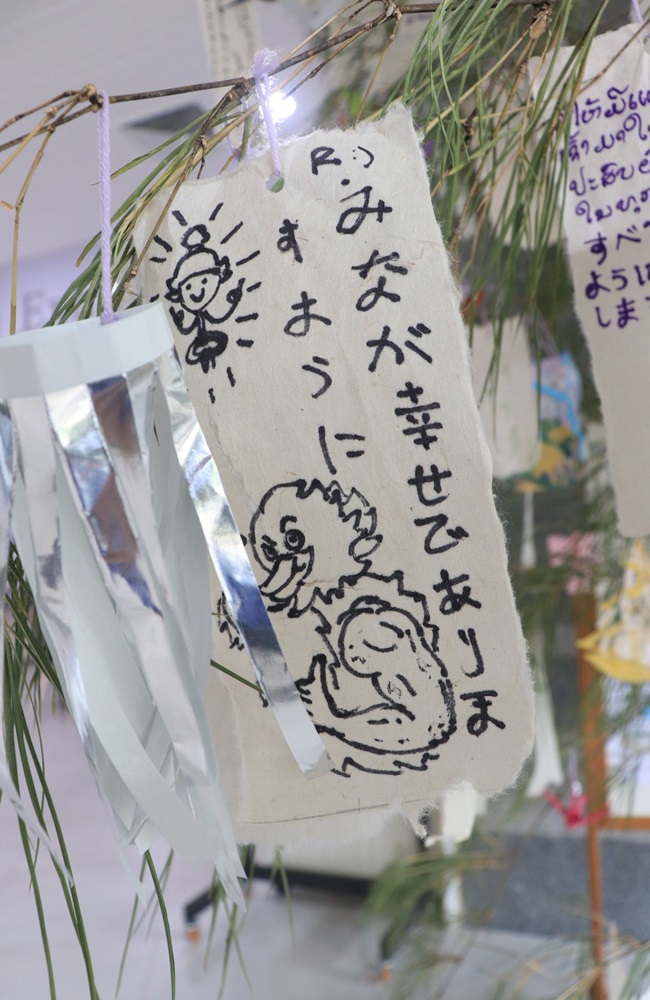
Cultural Exchange Activities
LJI regularly organizes various exchange activities to promote mutual understanding and strengthen the relationships between the Lao and Japanese people.
【1】 Education & exchange
STUDY IN JAPAN FAIR
The Study in Japan Fair is an annual event held every November, providing information about studying in Japan.
The main purpose of the event is to promote educational exchange between Japanese universities and the National University of Laos, and to provide detailed information and requirements for Lao students who wish to pursue vocational training, undergraduate, master’s, or doctoral programs in Japan.
The event is conducted in a hybrid format, both in-person and online, allowing participants to visit each university’s booth, ask questions directly, and access useful information.
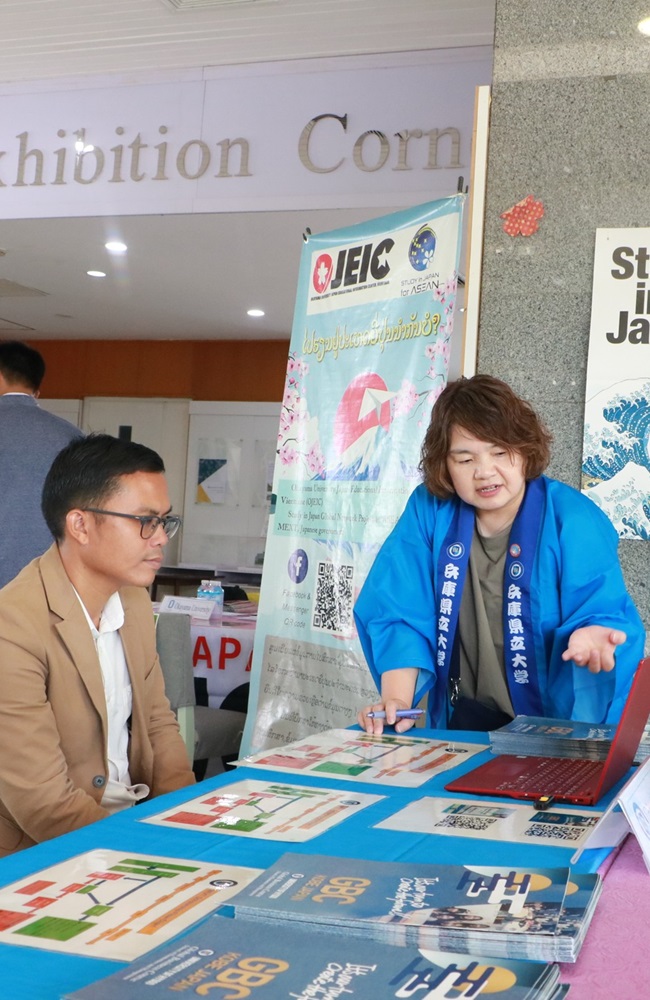
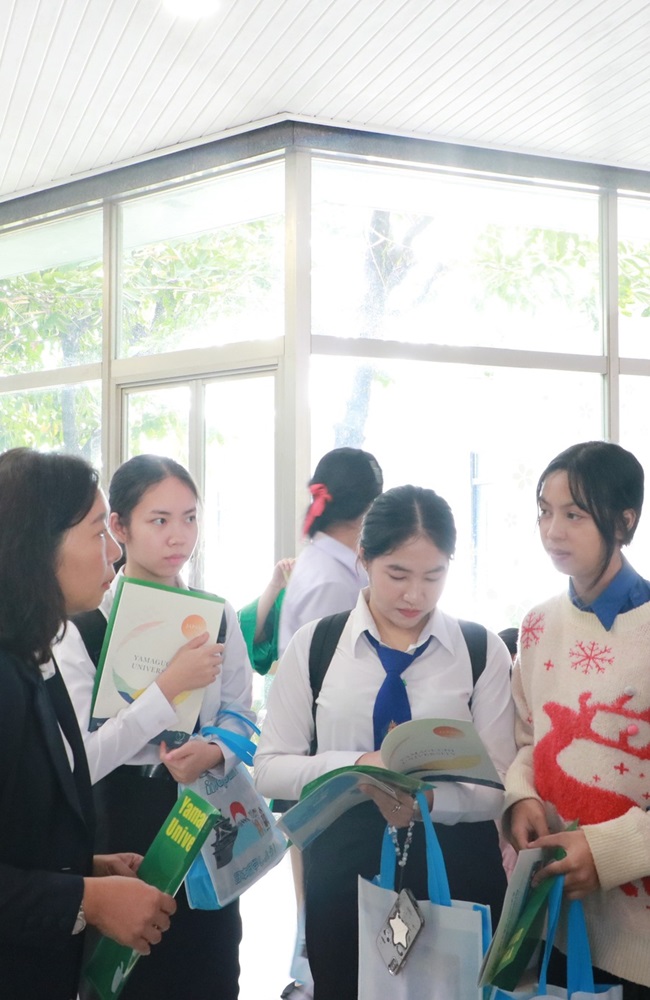
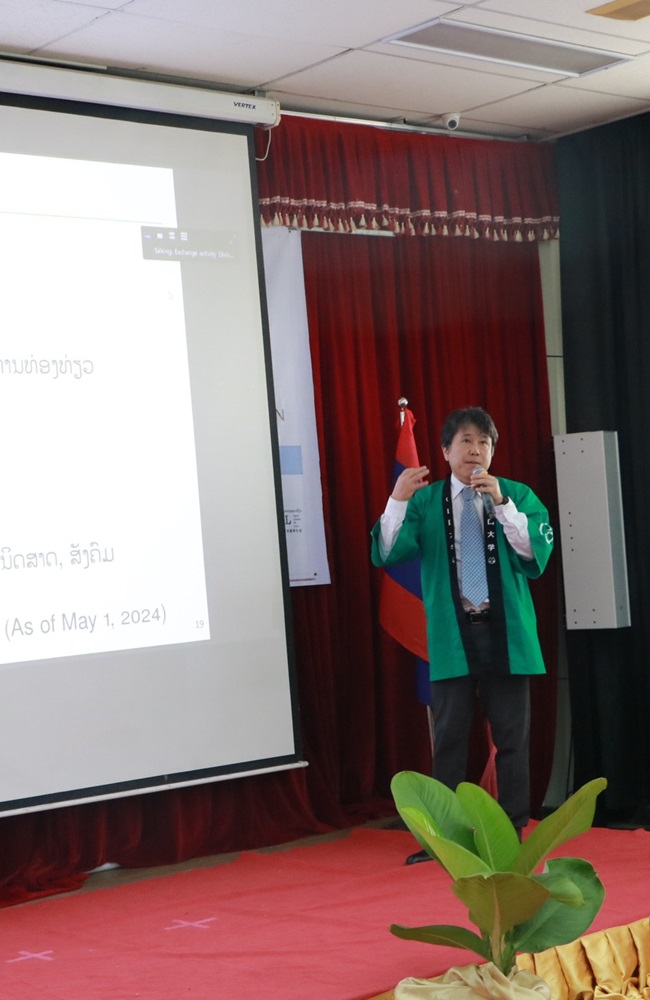
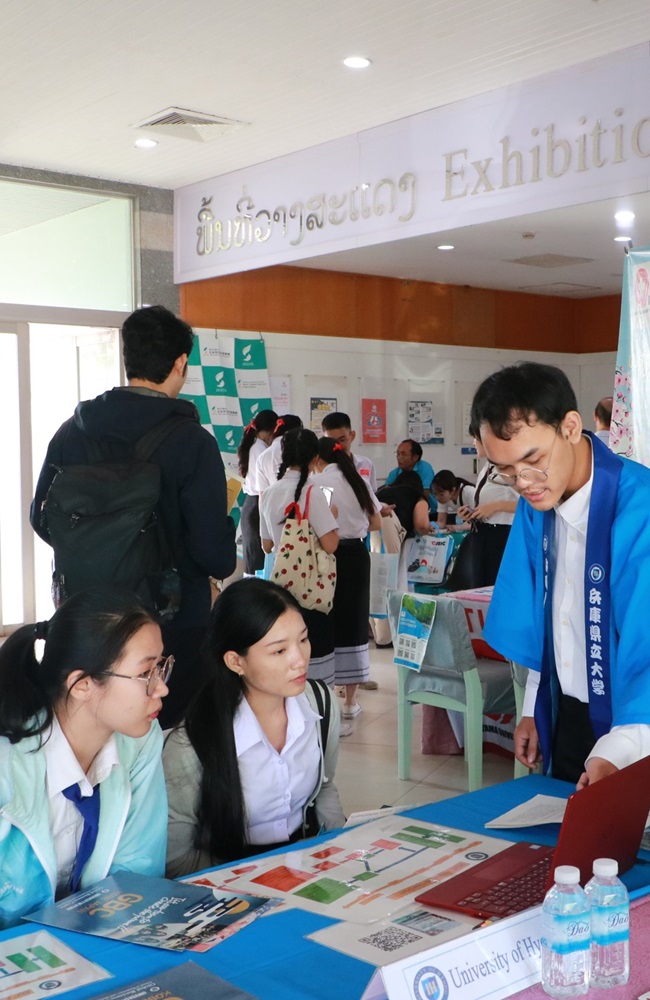
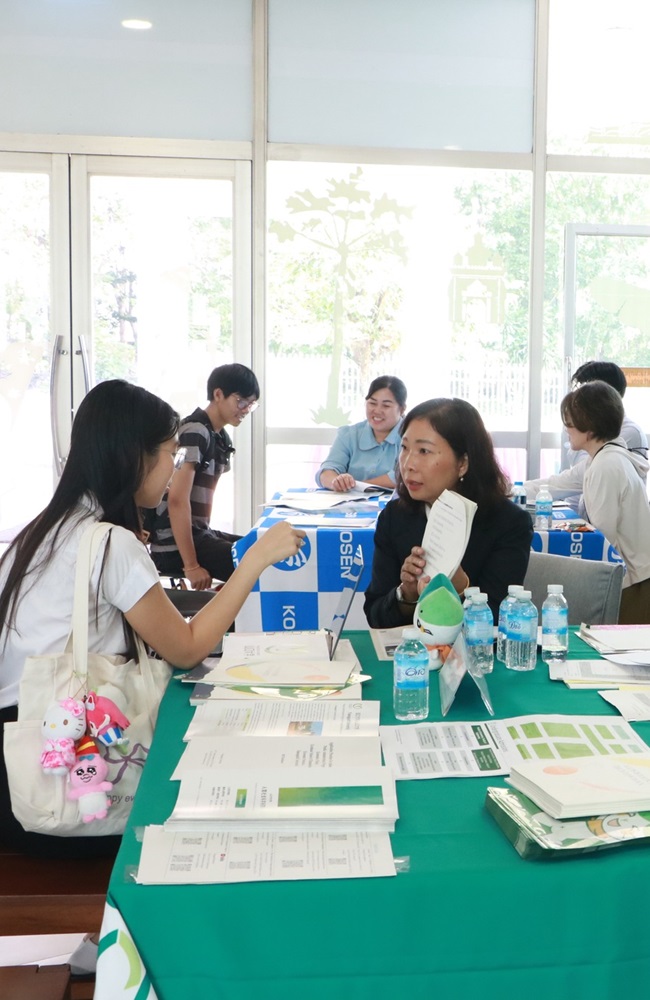
HONDA Y-E-S AWARD
Honda Young Engineer and Scientist’s Award (“Y-E-S Award”) program has been successfully launched in Laos in 2008 and is currently being implemented in five countries. The goal of the program is to support the development and promotion of young leaders to spearhead the growth of these countries in the future. The program is aimed at the balanced and sound advancement of industry and of science and technology in all of these Southeast Asian countries. Every year, the two top students are each awarded $3,000.
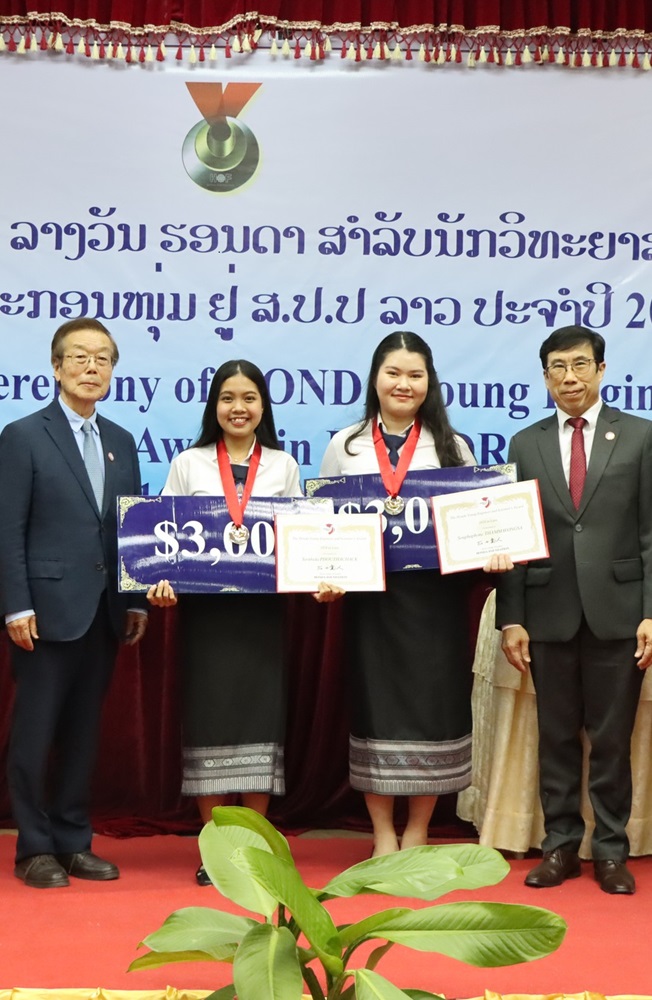
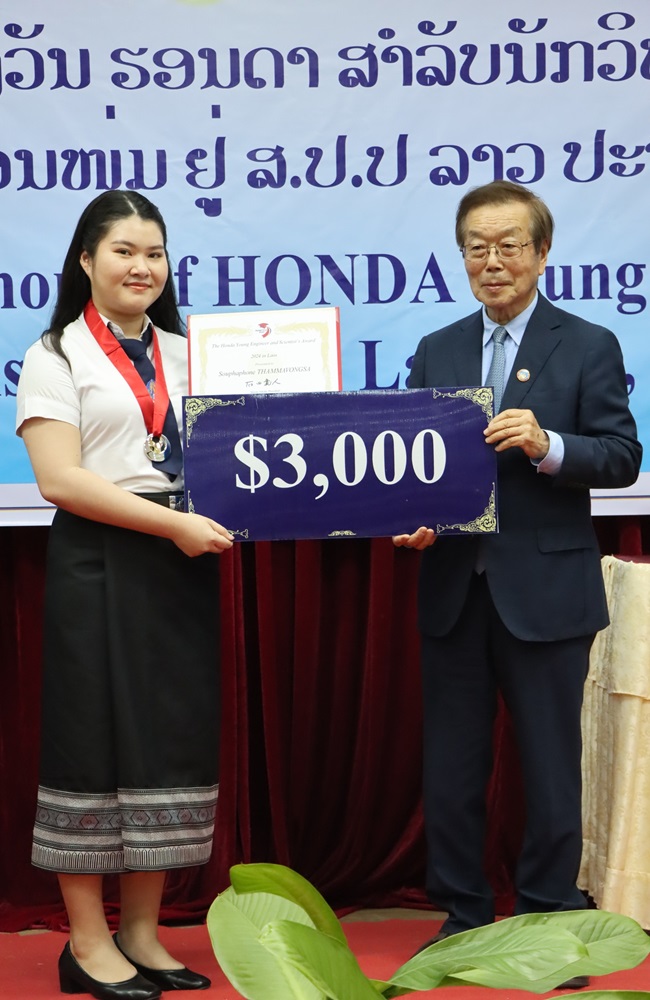
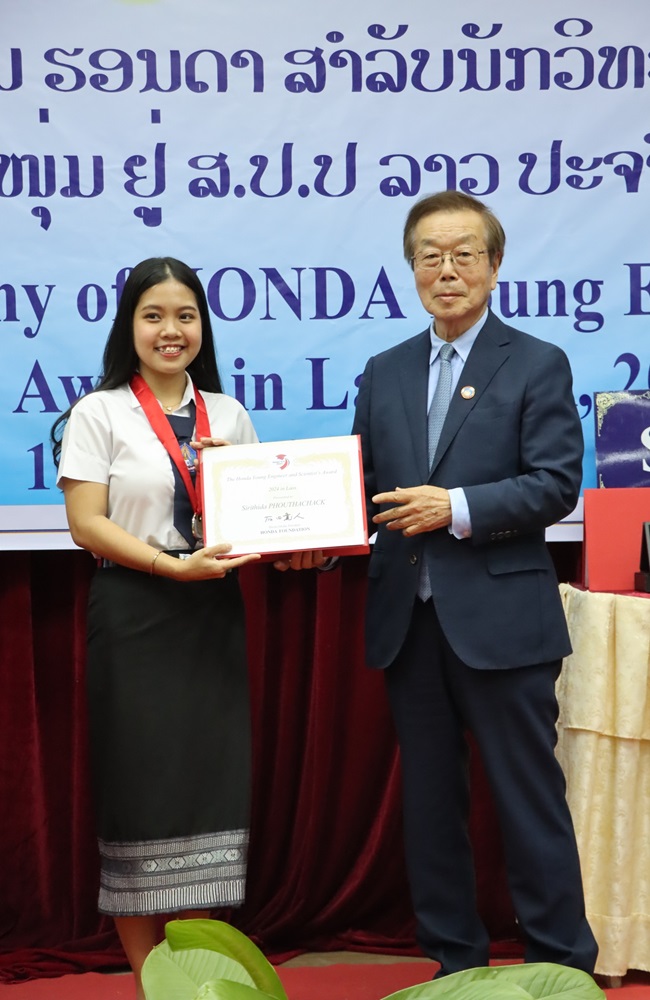
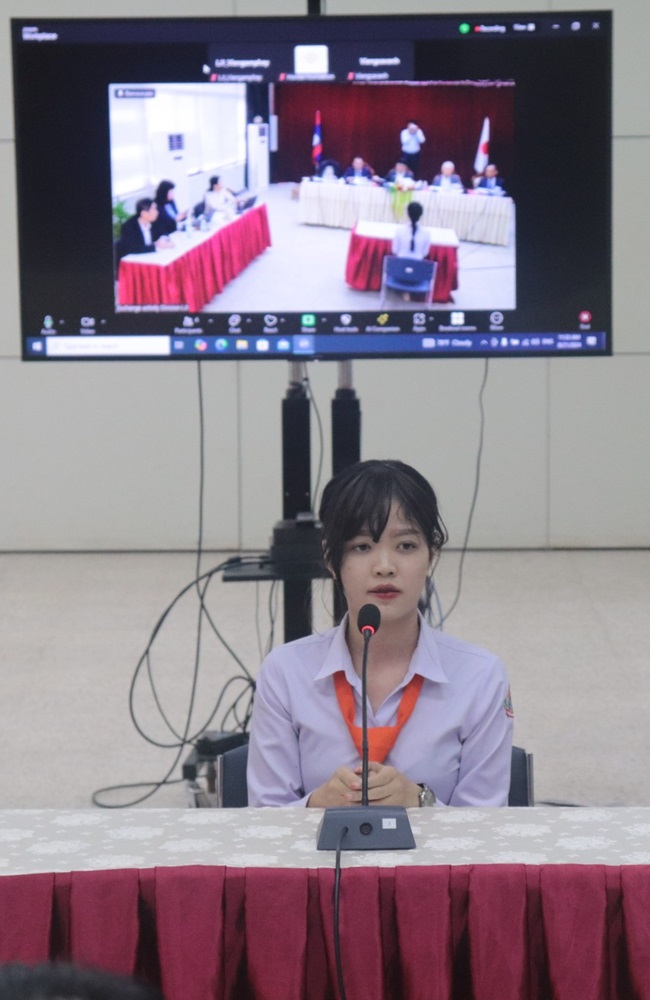
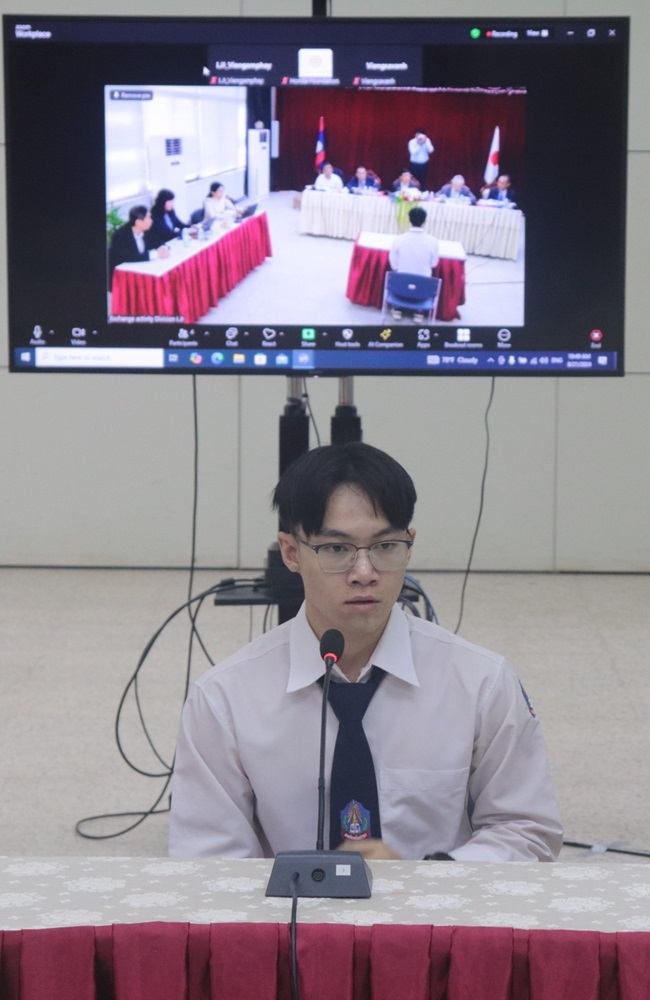
EXCHANGE ACTIVITY PROGRAM
The Exchange program between students from a Japanese university to academic exchange and culture exchange between Lao and Japanese students.
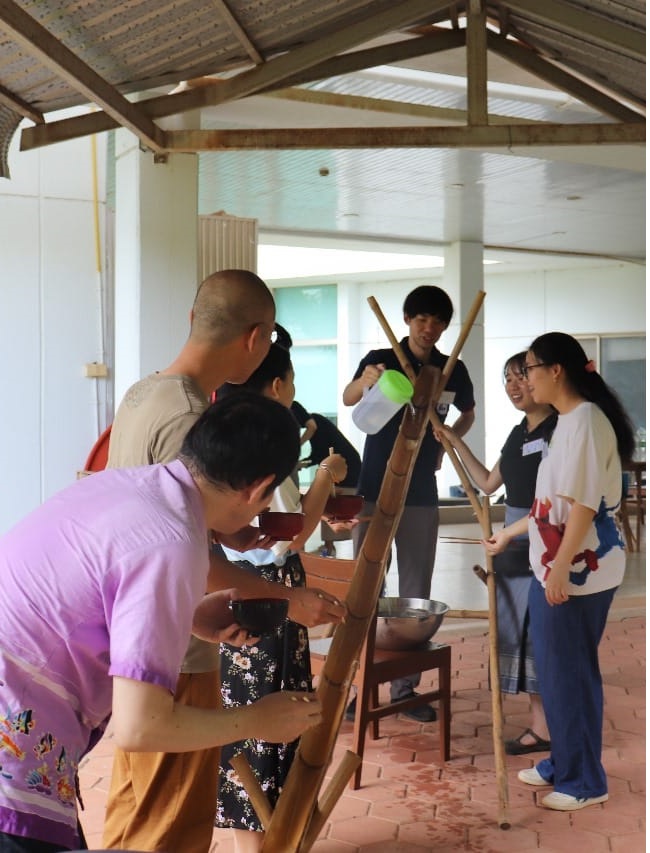
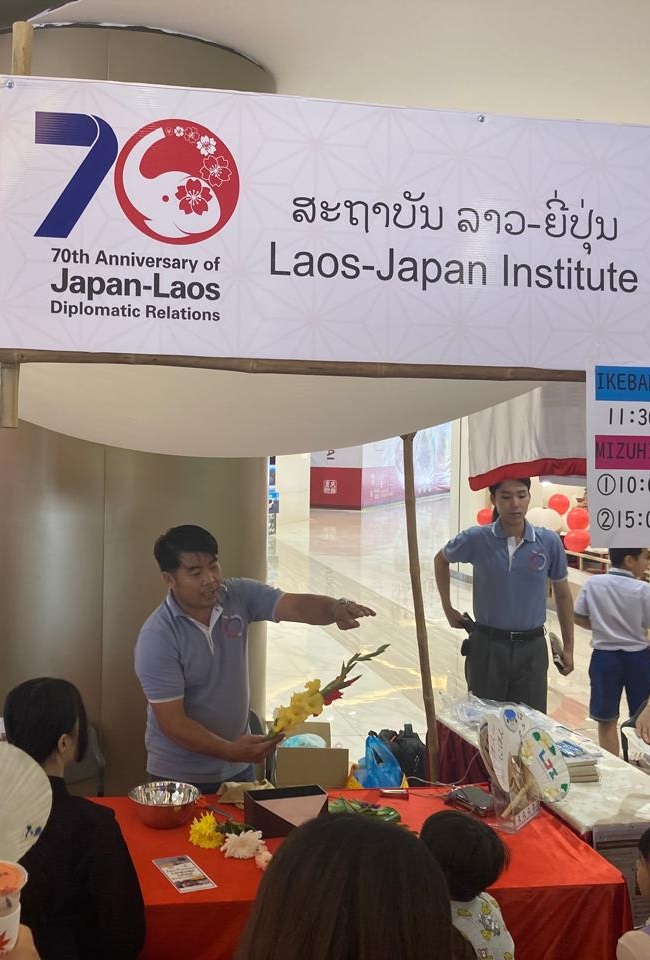
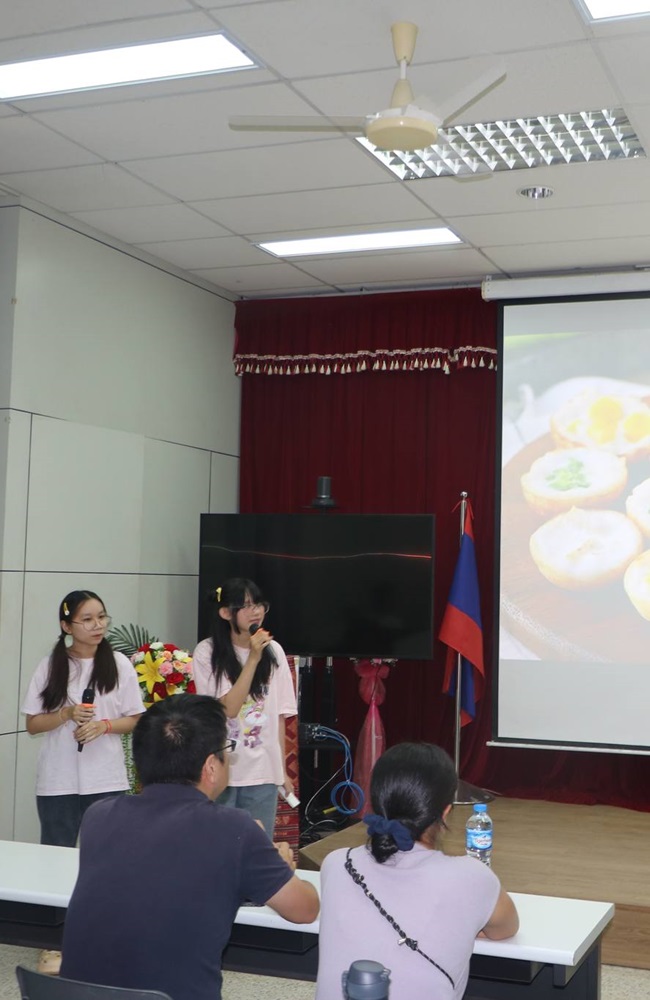
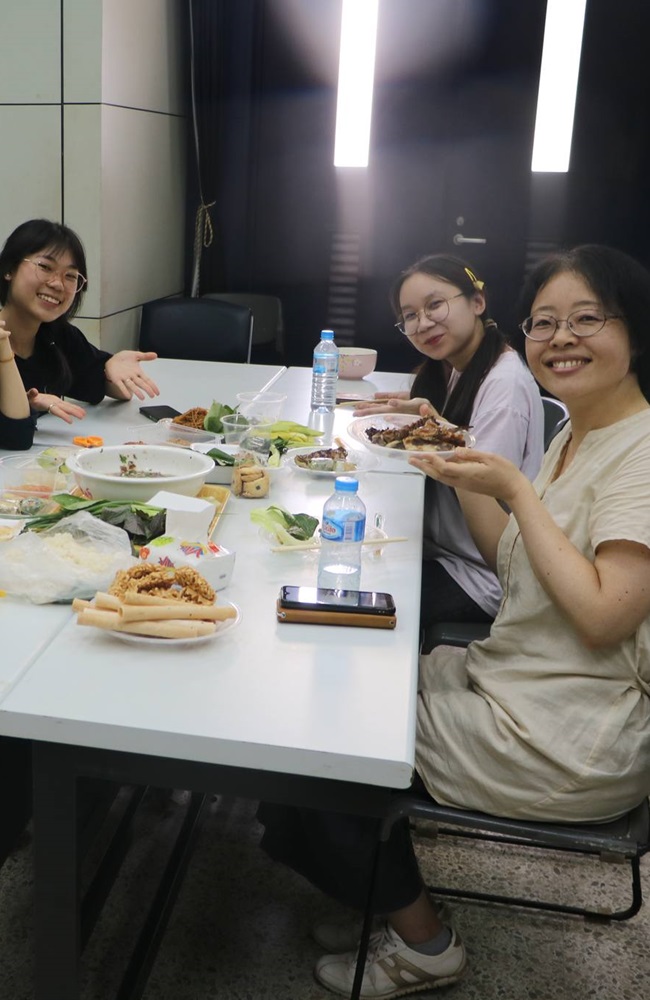

【2】Japanese Cultural Experiences
YUKATA WEARING
In the Yukata experience, participants learn how to wear a traditional Japanese summer garment called a yukata. By actually wearing colorful yukata, they can enjoy the beauty of Japanese culture and the feeling of the season, while also taking commemorative photos and enjoying cultural exchange.
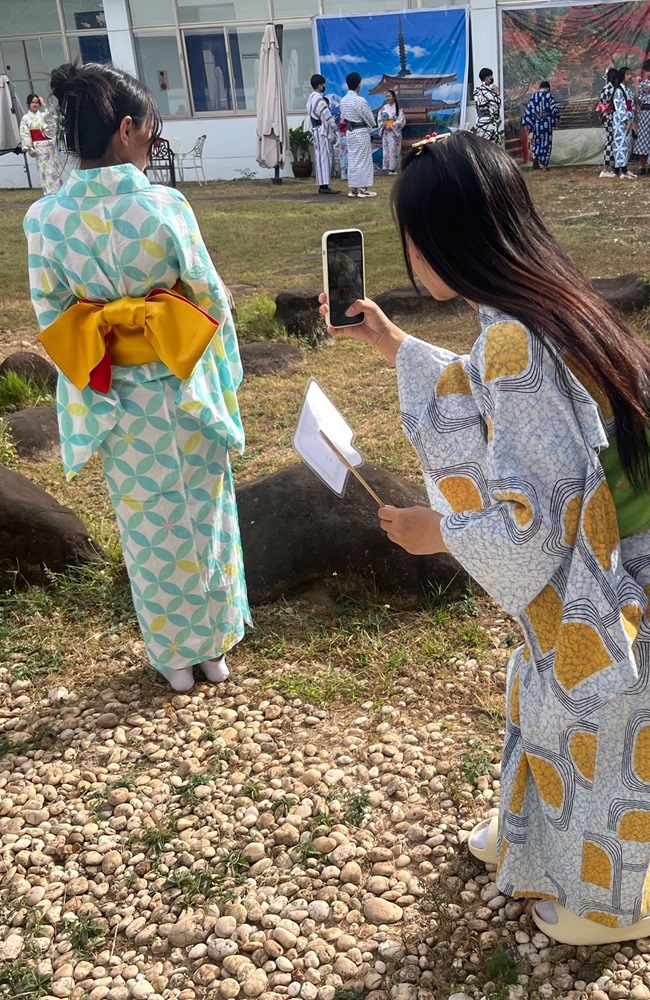
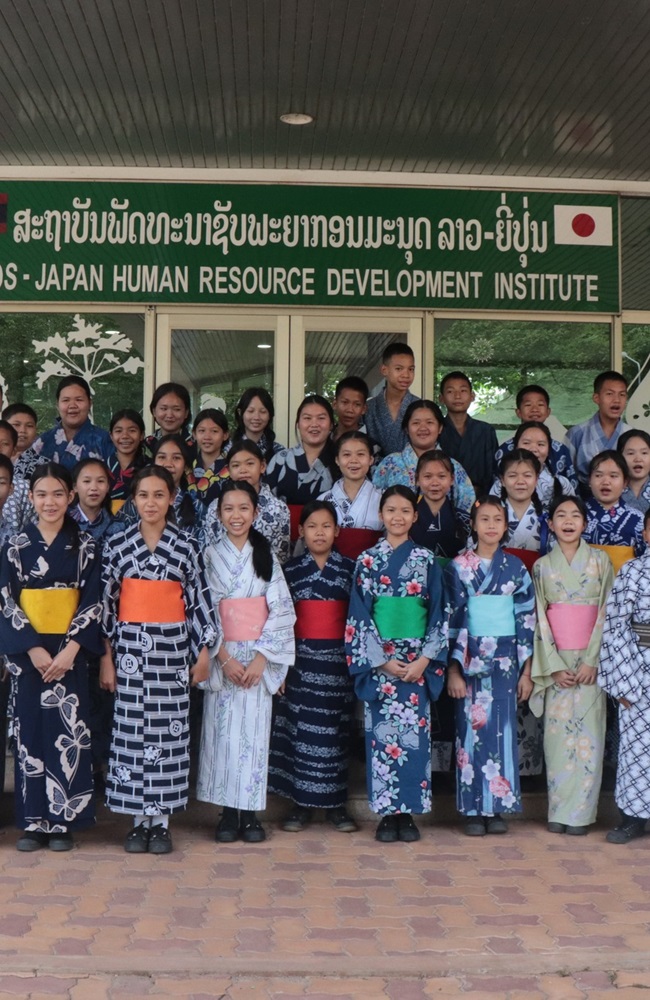
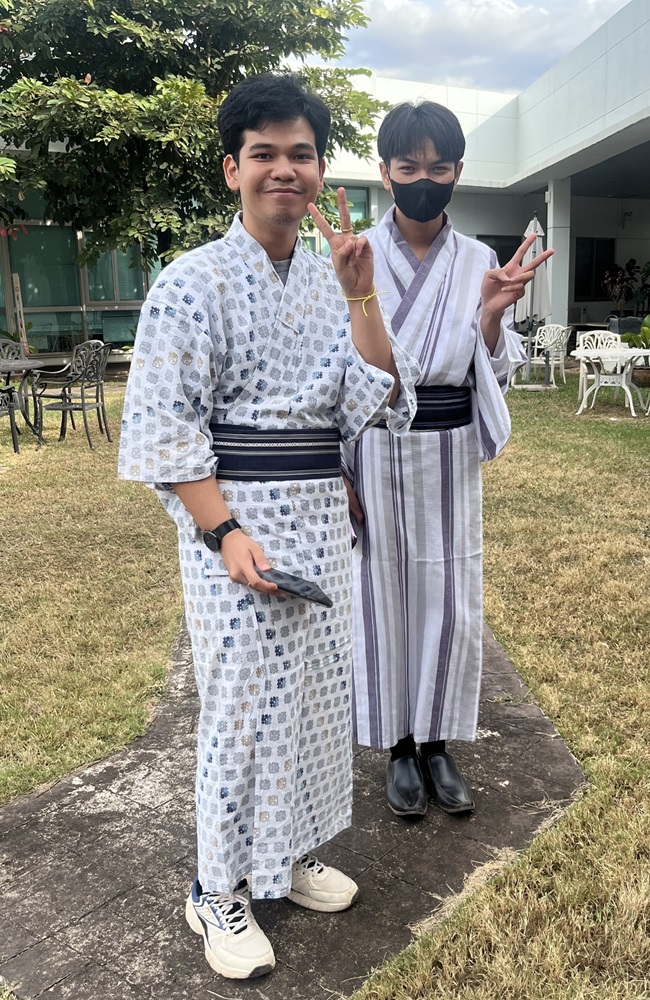
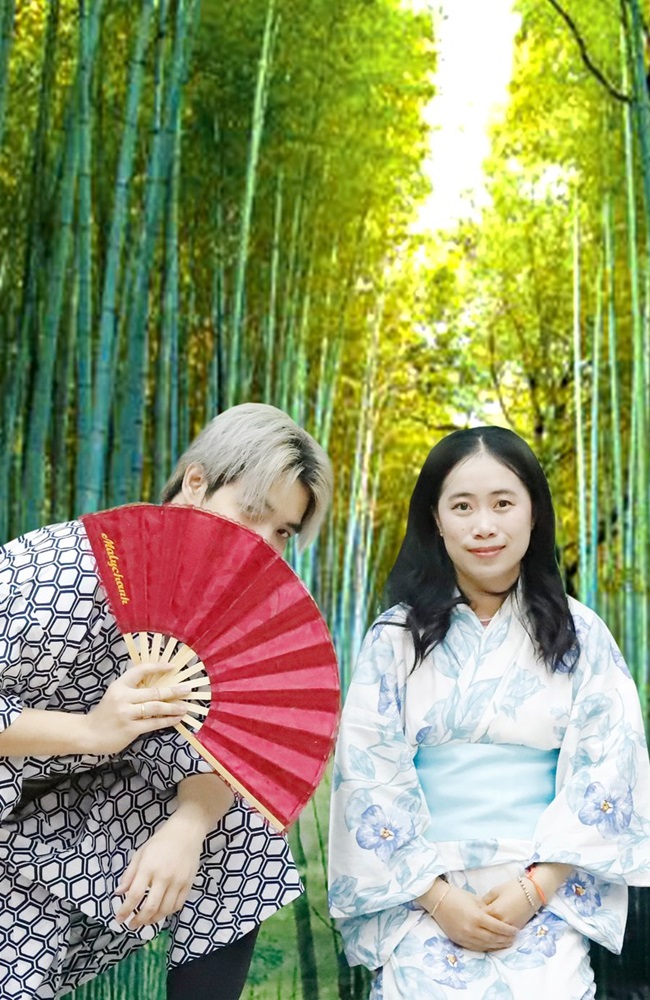
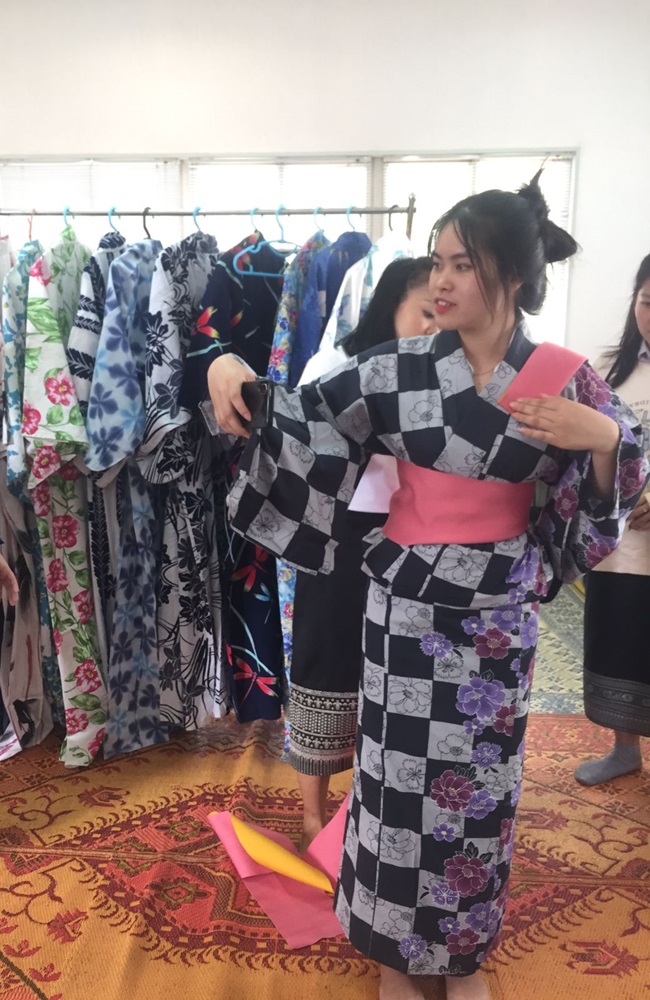
TEA CEREMONY
The Japanese tea ceremony (sadō) is a Japanese tradition steeped in history. It is a ceremonial way of preparing and drinking green tea typically in a traditional tearoom with tatami floor. The tea ceremony is for the guests to enjoy the hospitality of the host in an atmosphere distinct from the fast pace of everyday life
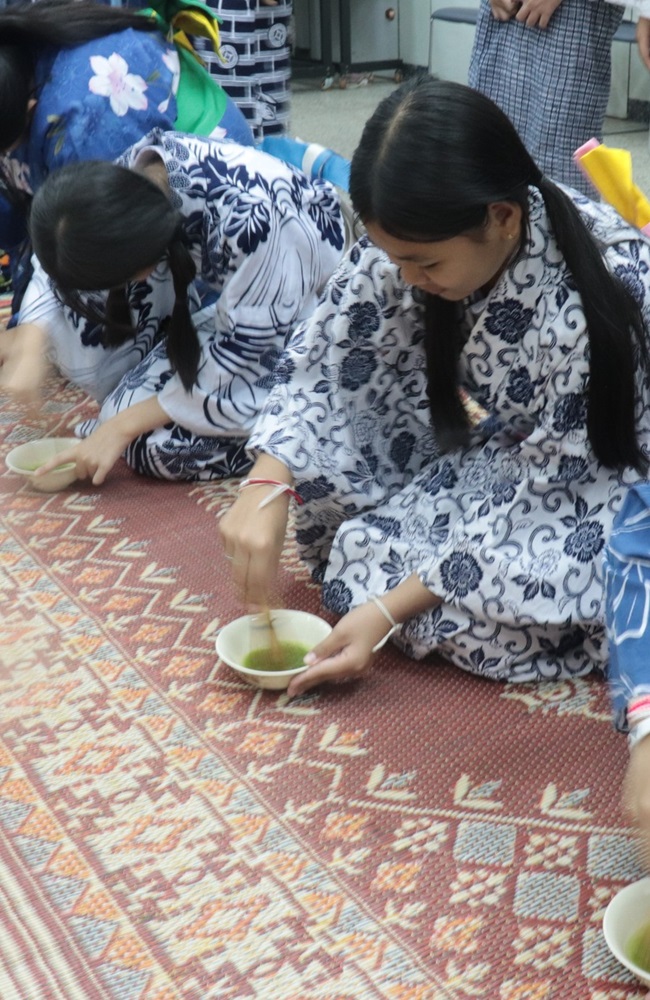
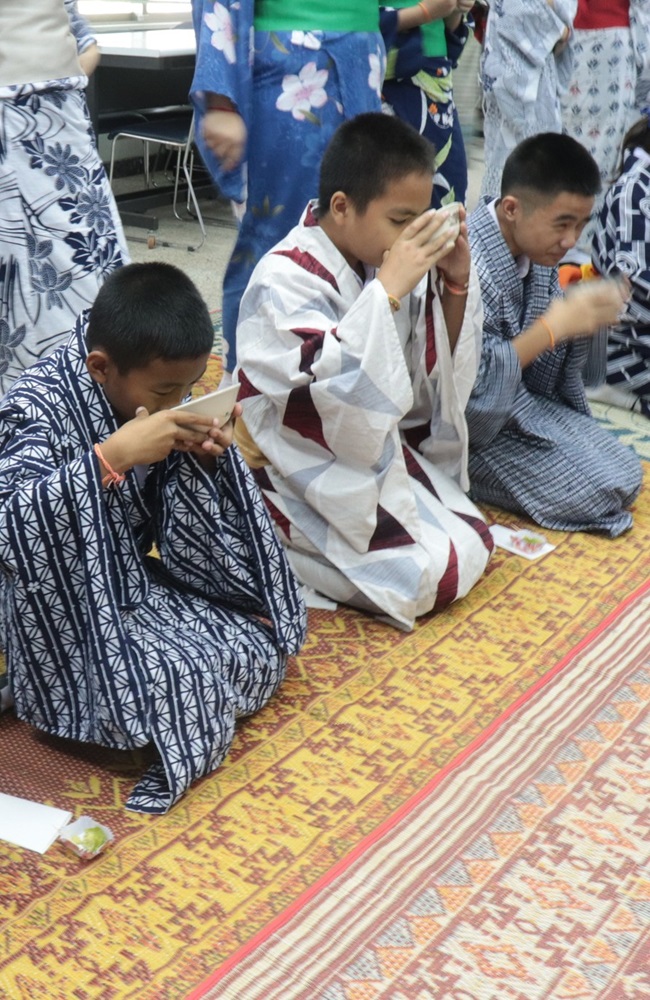
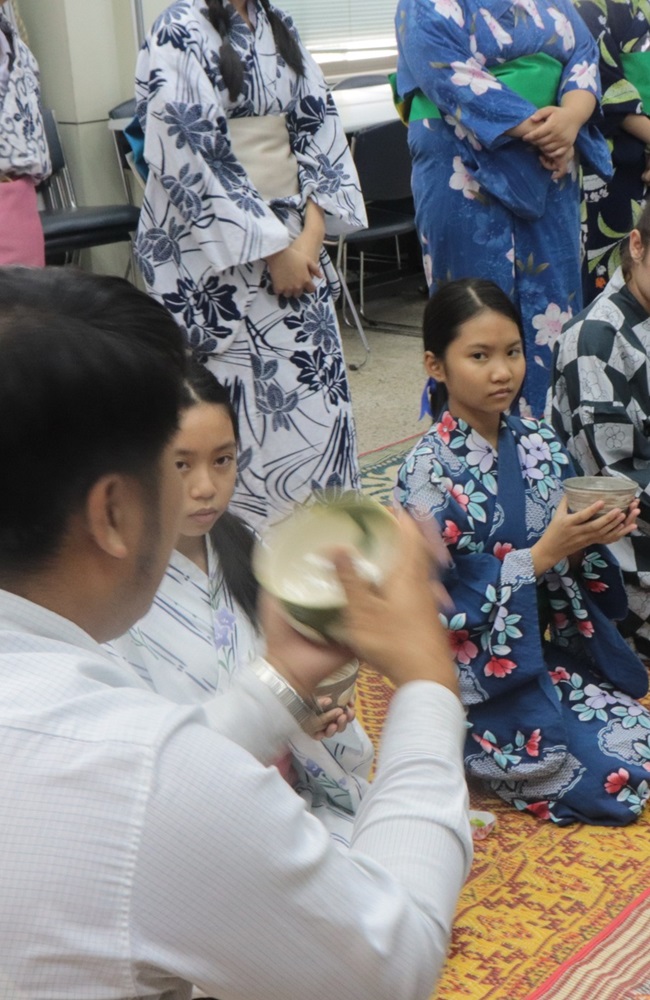
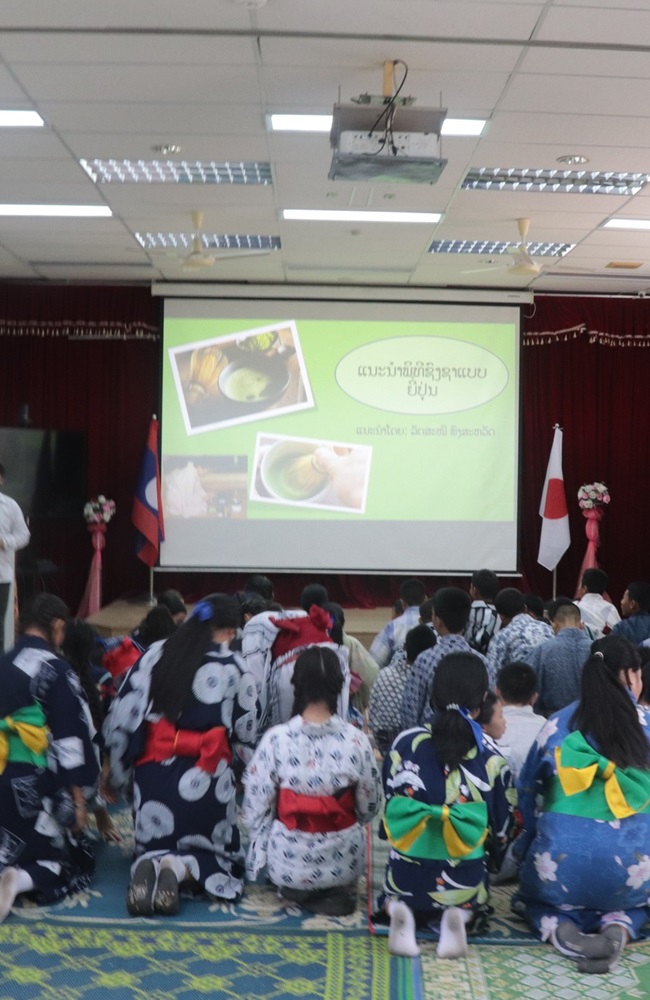
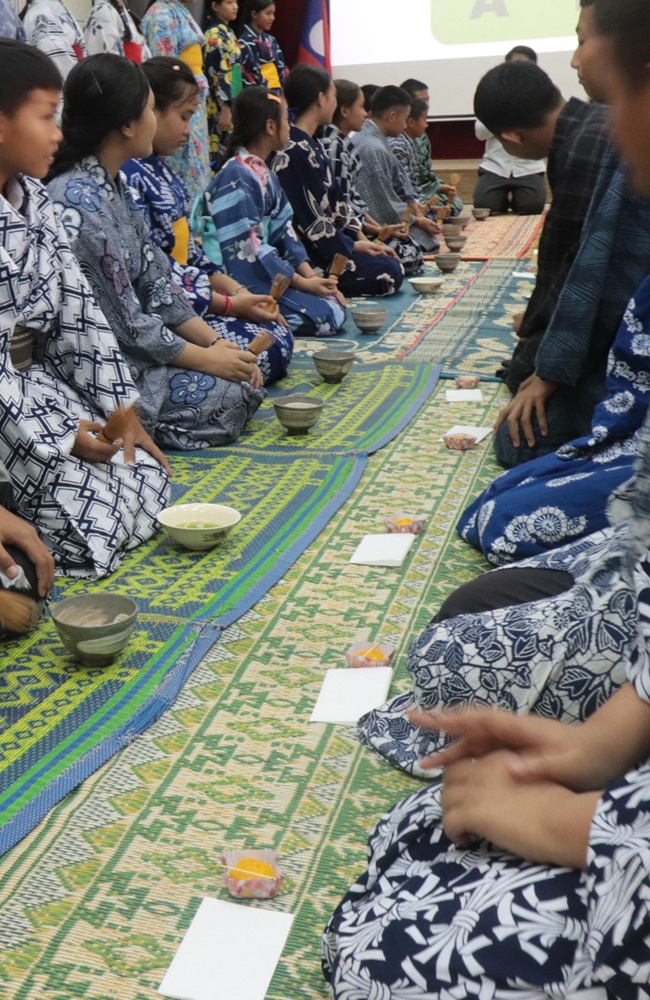
IKEBANA
Ikebana is an ancient Japanese art of flower arranging using flowers, branches of trees and grasses from nature following the changing seasons. A variety of flowers and leaves are arranged in beautiful vases and used for decoration.
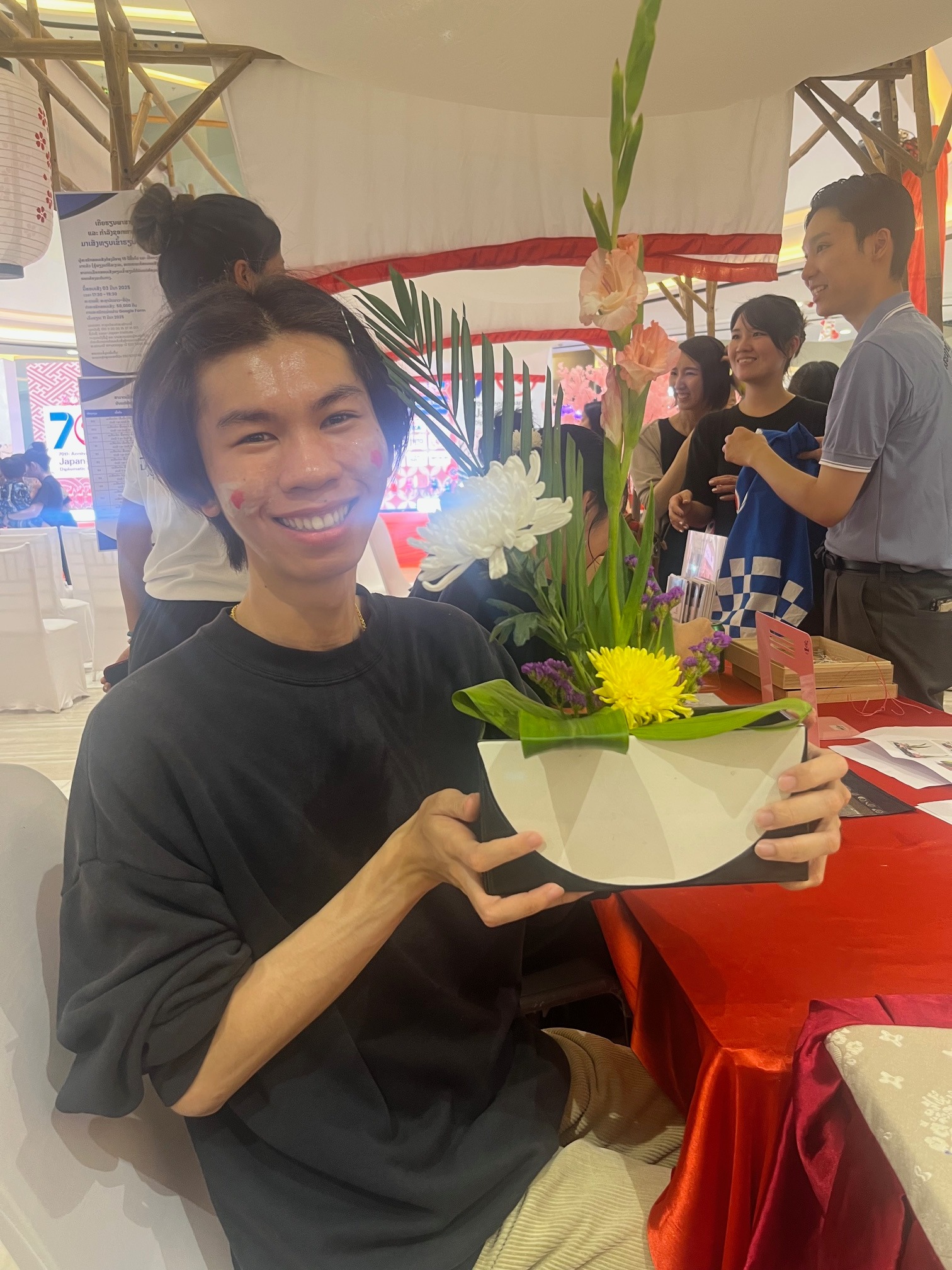
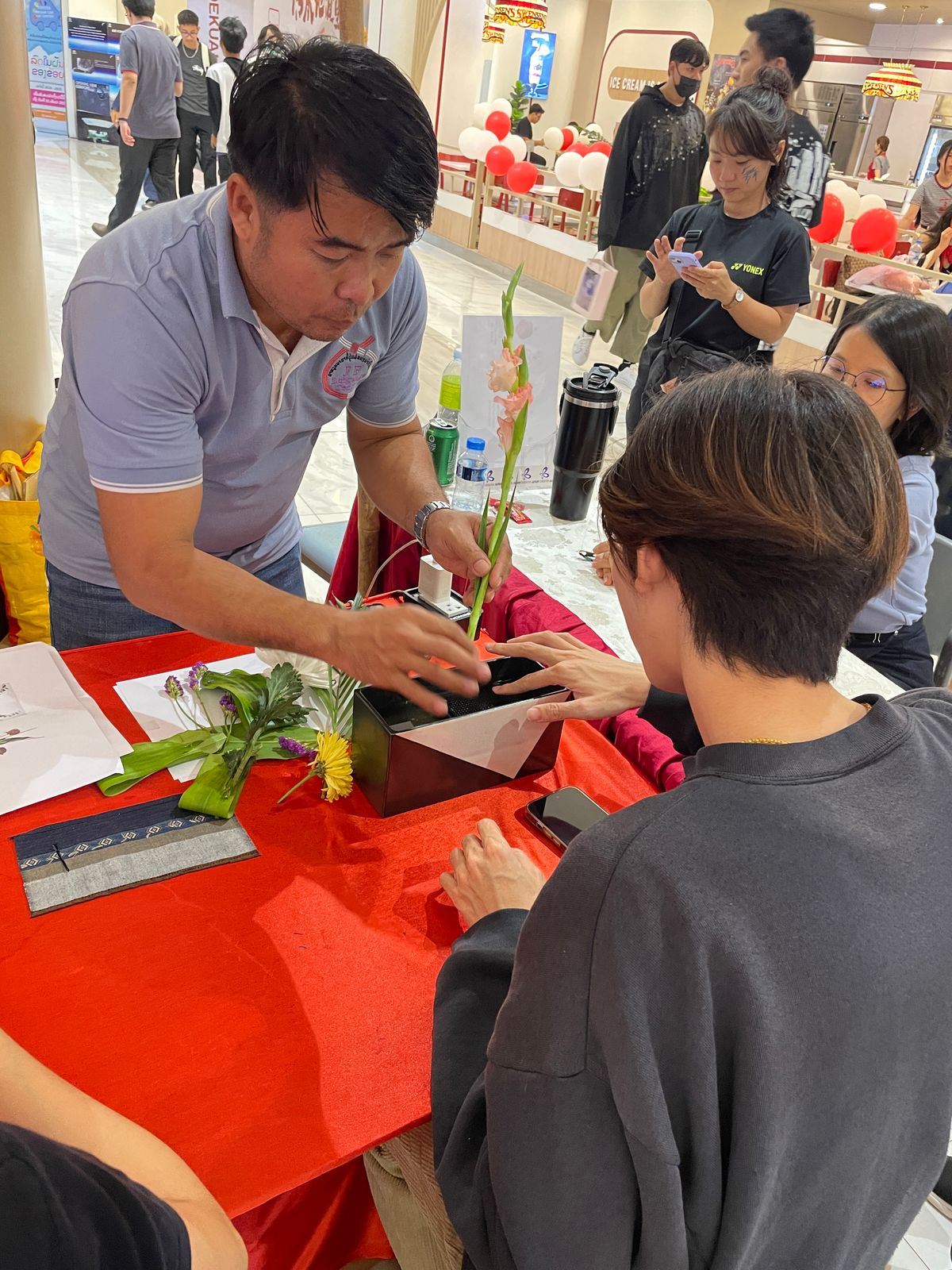
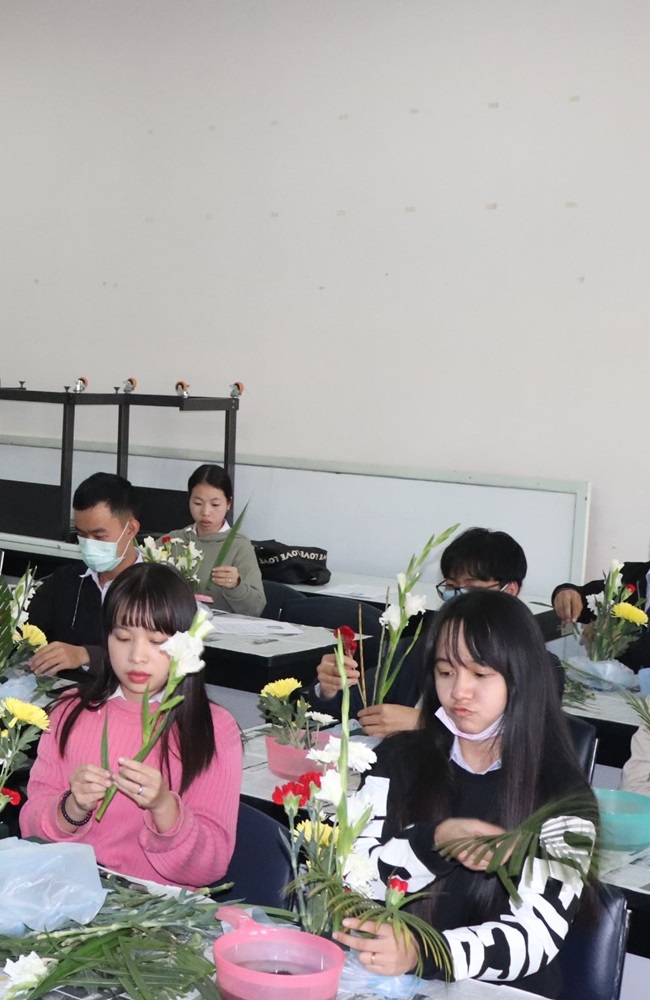
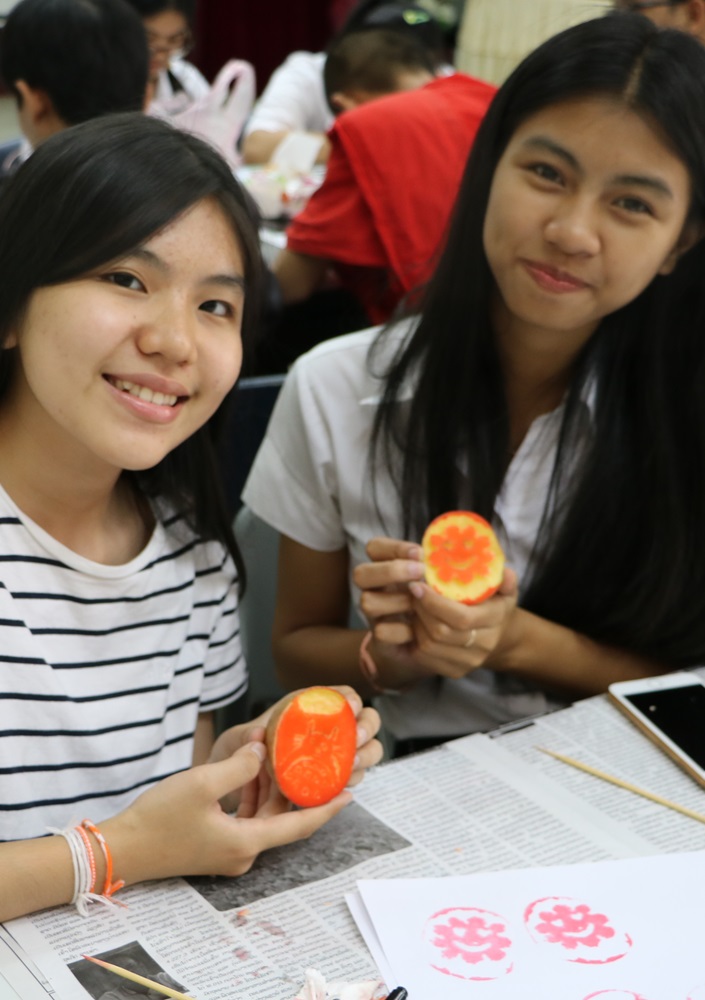
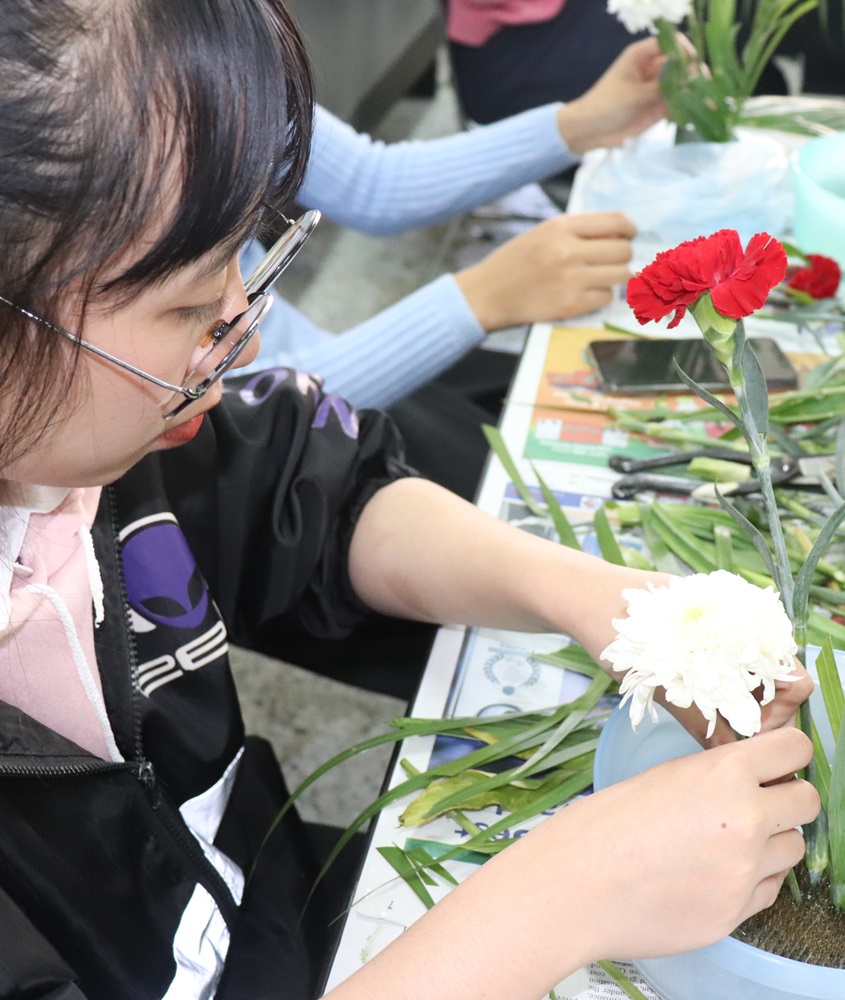
Shodo
In the Shodo experience, participants use brush and ink to write Japanese characters, experiencing one of Japan’s traditional arts. This activity is not only about forming characters, but also emphasizes mindfulness and inner calm through each stroke, allowing participants to feel the depth of Japanese culture.

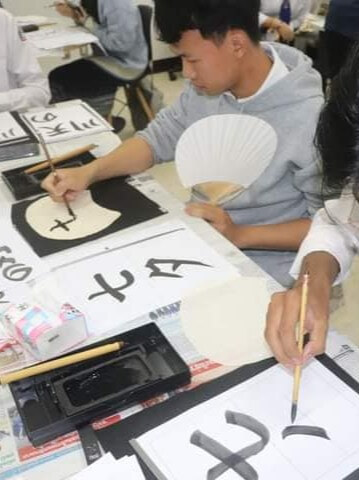
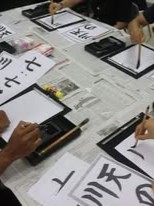
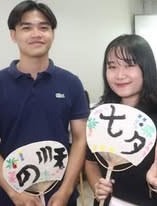
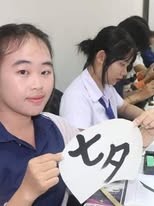
【3】 Seasonal Event Experiences
SETSUBUN
This festival is held on the 3rd or 4th of February, which is the culture of sowing beans to drive for get rid of the bad and bring in the good.
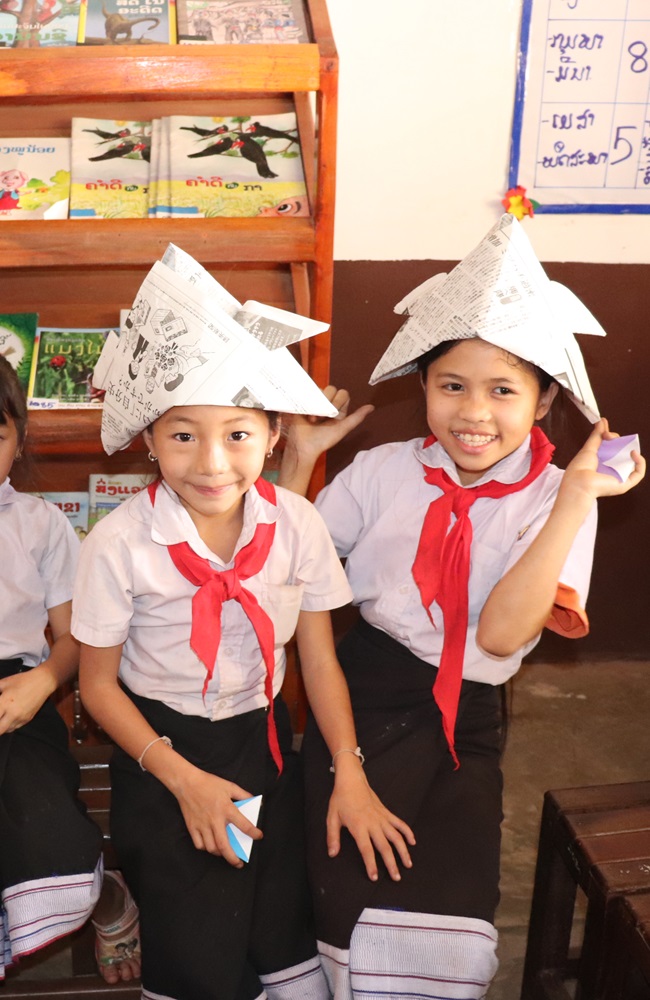
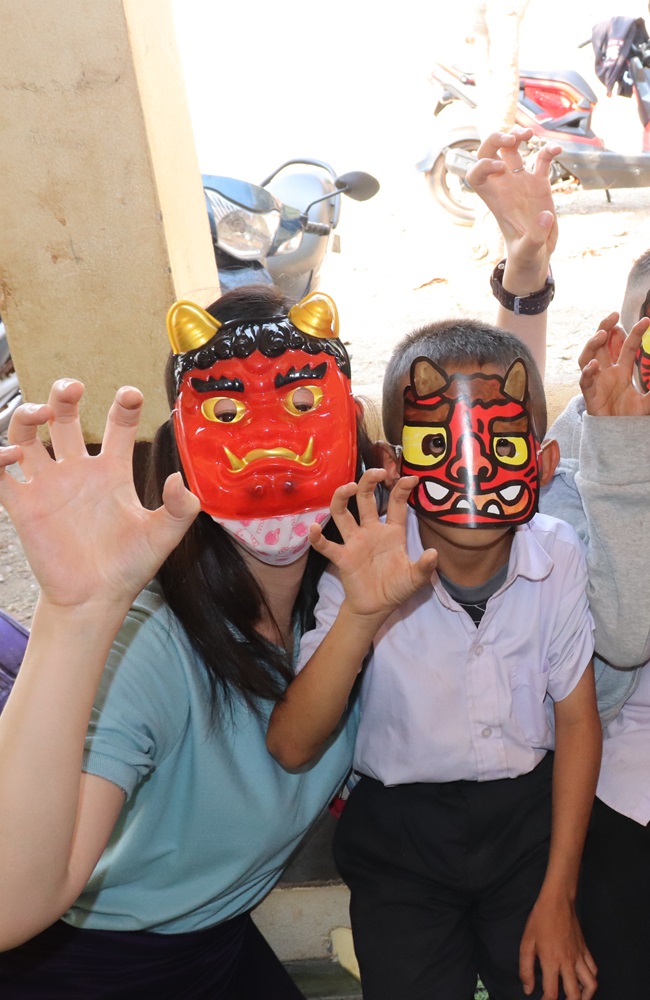
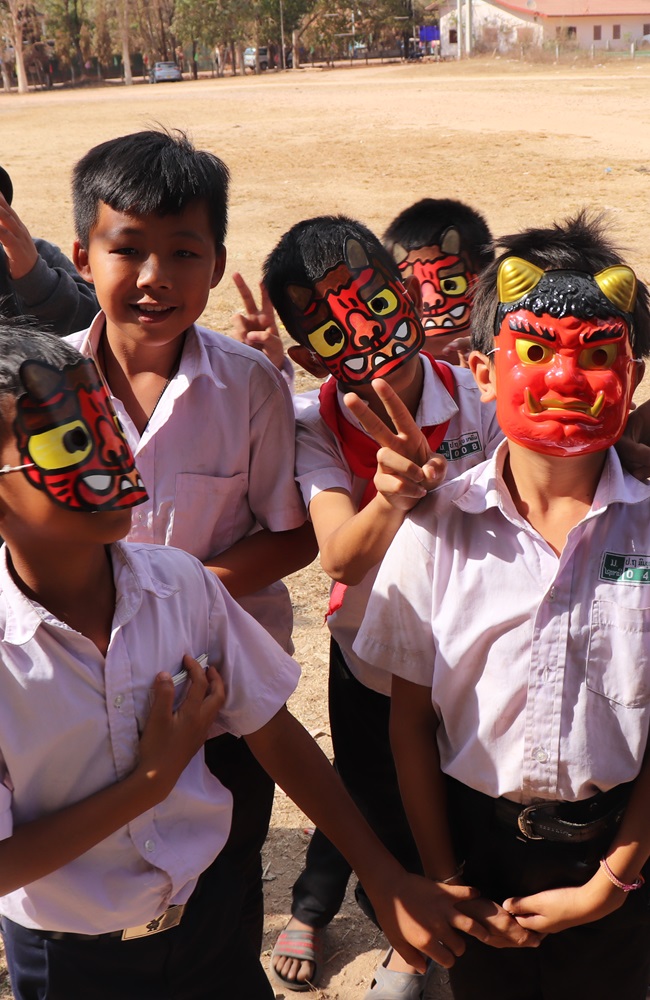
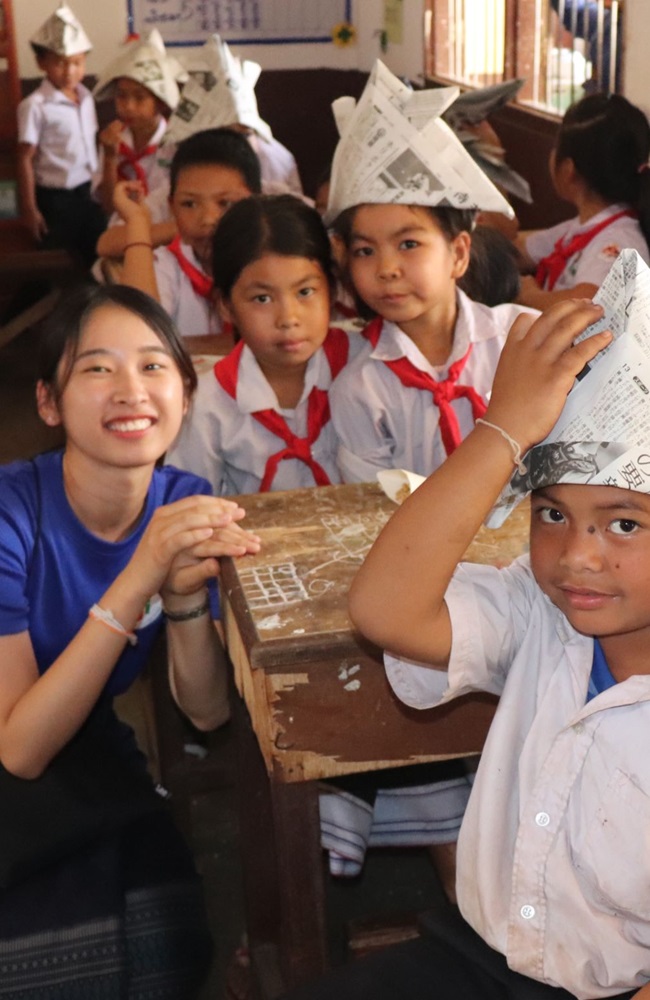
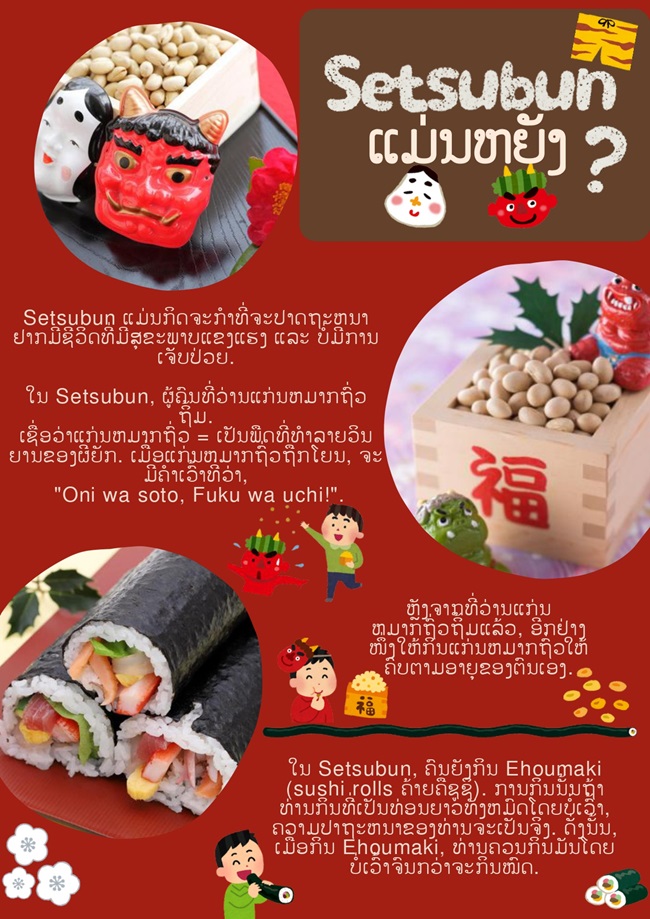
HINAMATSURI
Doll’s Day or Girls’ Day is celebrated on 3 March of each year, which display a set of ornamental dolls. The dolls are usually seated on red cloth, and may be as simple as pictures or folded paper dolls, or as intricate as carved three-dimensional dolls.

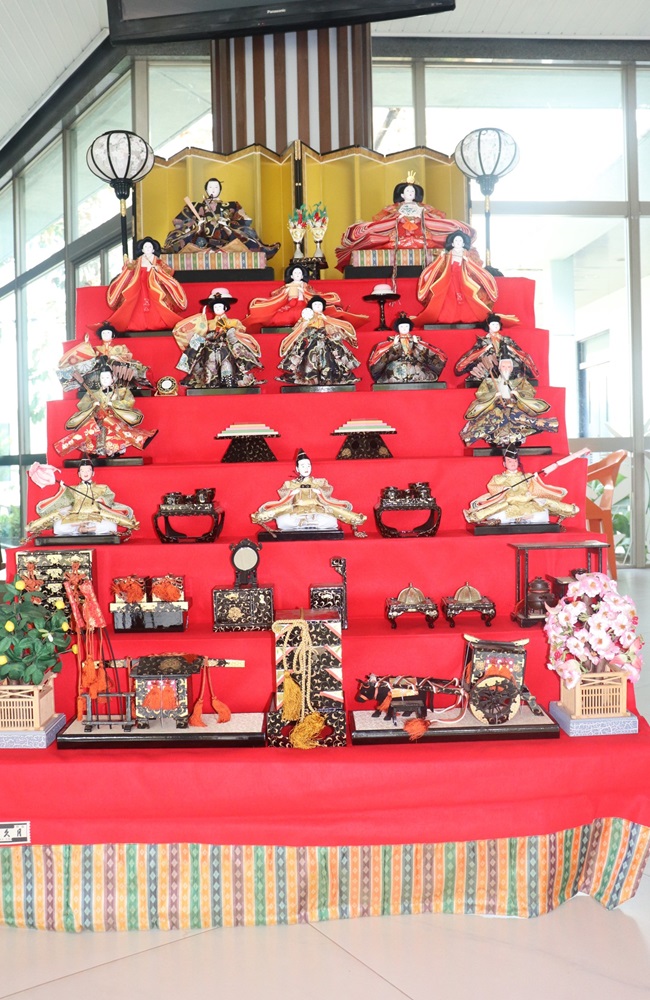

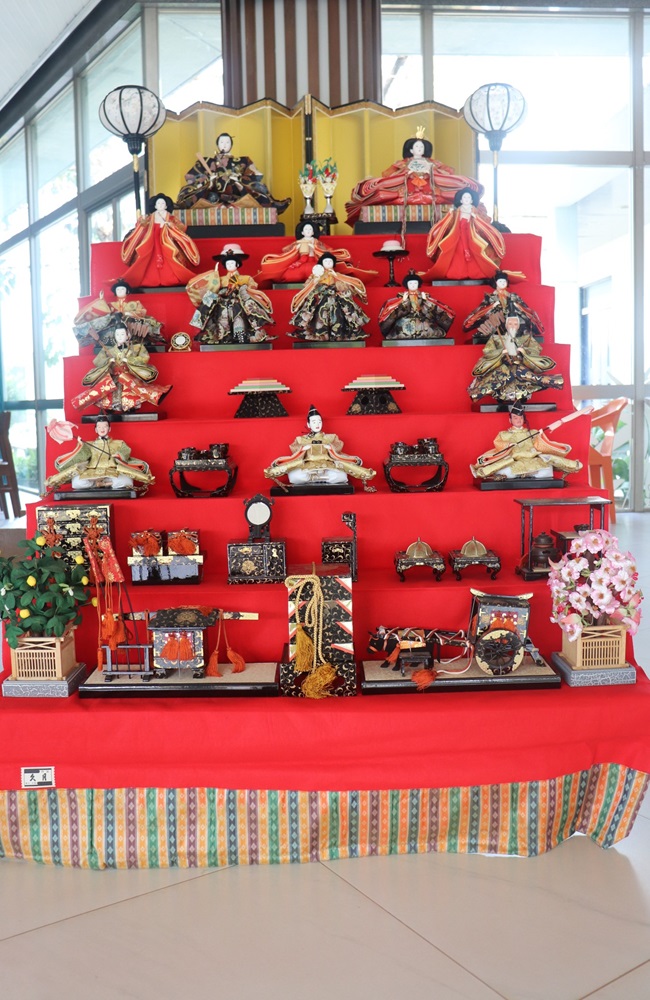
Children's Day
Children’s Day is celebrated on May 5 of each year, which display of samurai warrior and fish flag, the koi fish was chosen as a symbol for Boys’ Day because “the Japanese consider it the most spirited fish, in honor of children for a good future and in the hope that they will grow up healthy and strong.
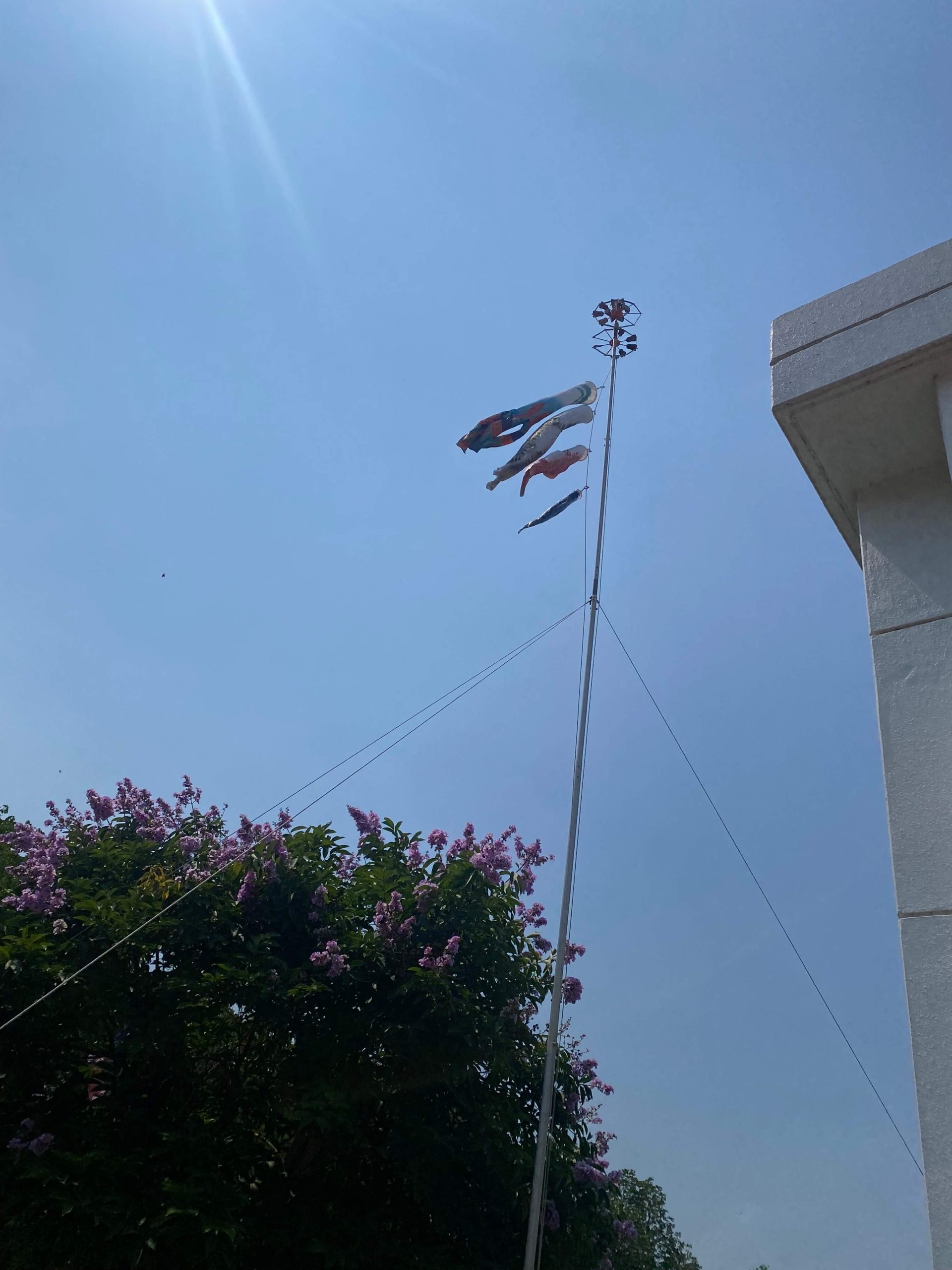
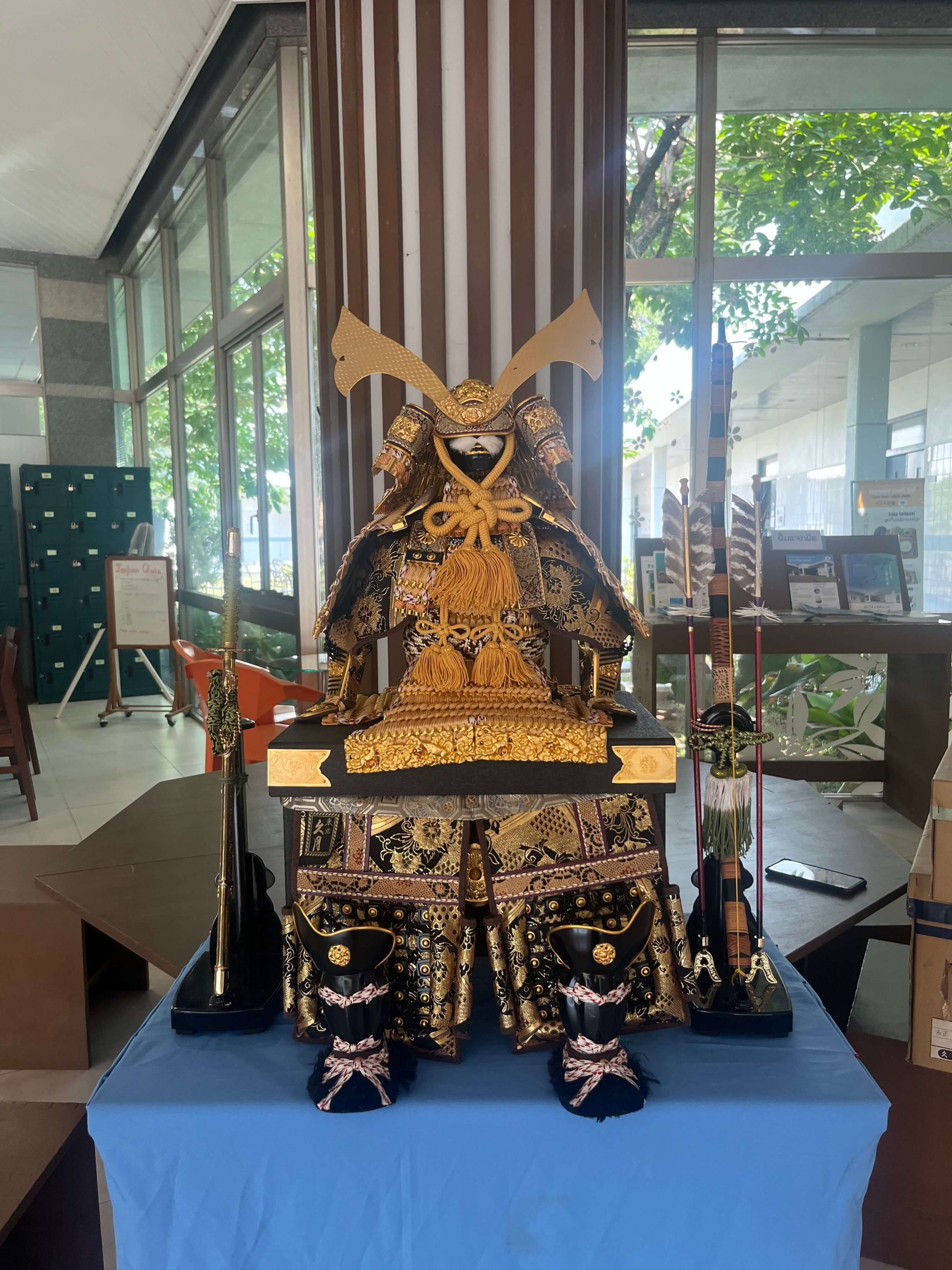
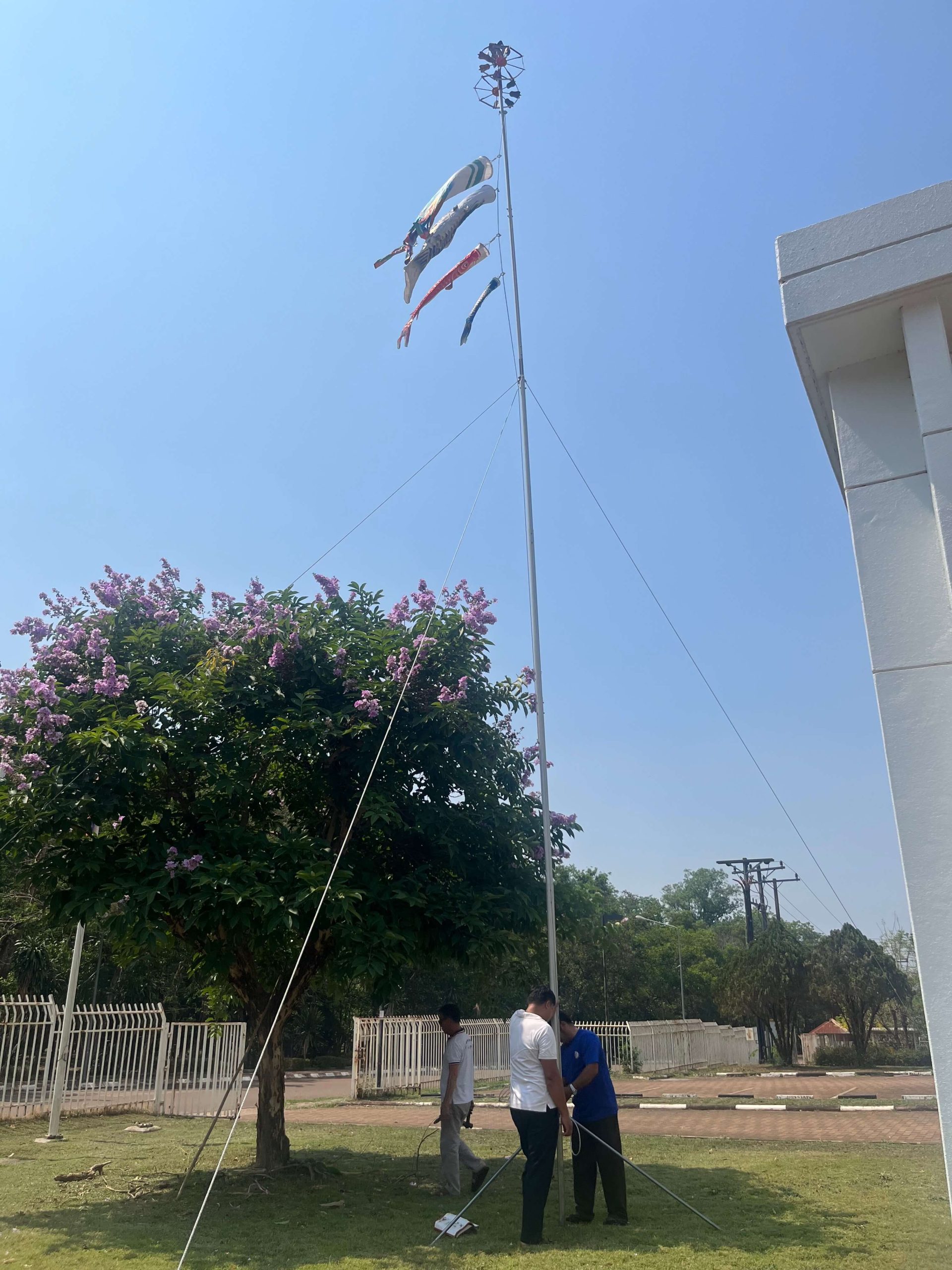
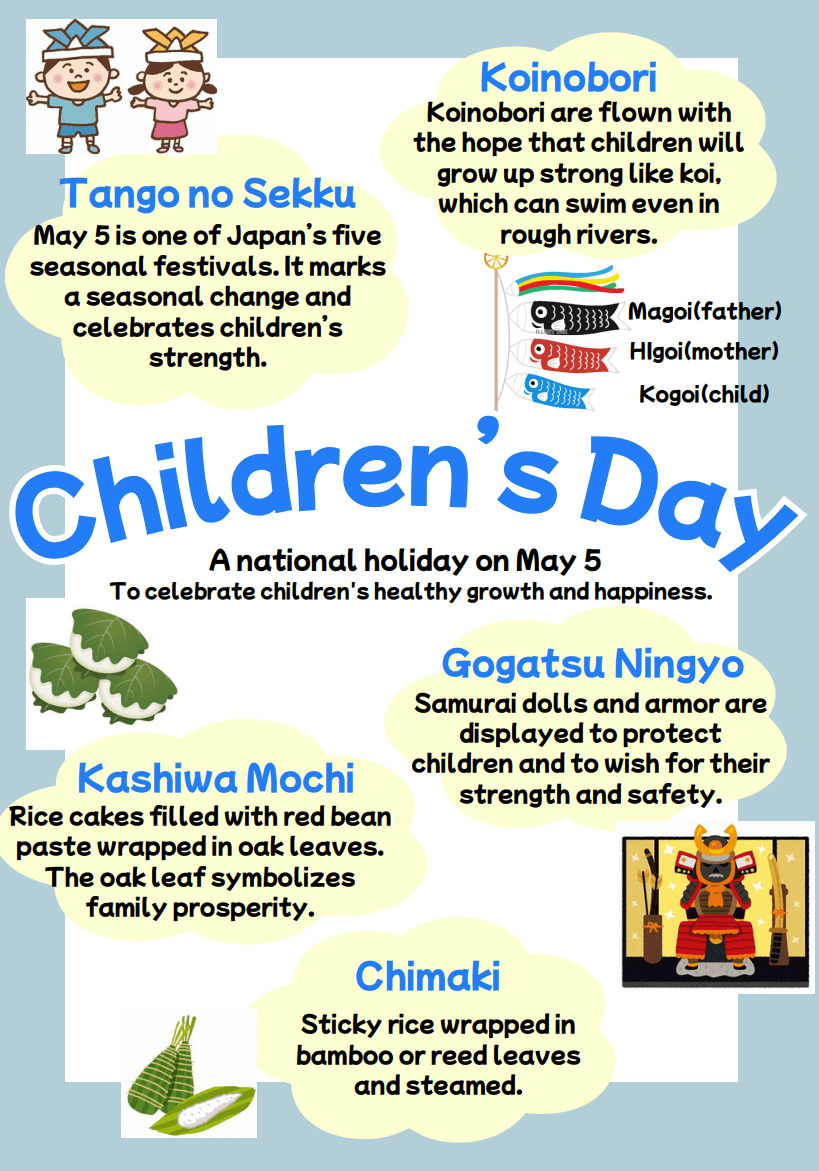
TANABATA FESTIVAL
Tanabata Festival (star festival) is on the 7th day of the 7th month of the year, when the two stars Altair and Vega, which are usually separated from each other by the milky way, are able to meet. The festival is to write a greeting or prayer in one’s own desire and then put it on a bamboo tree to make that prayer come true.

